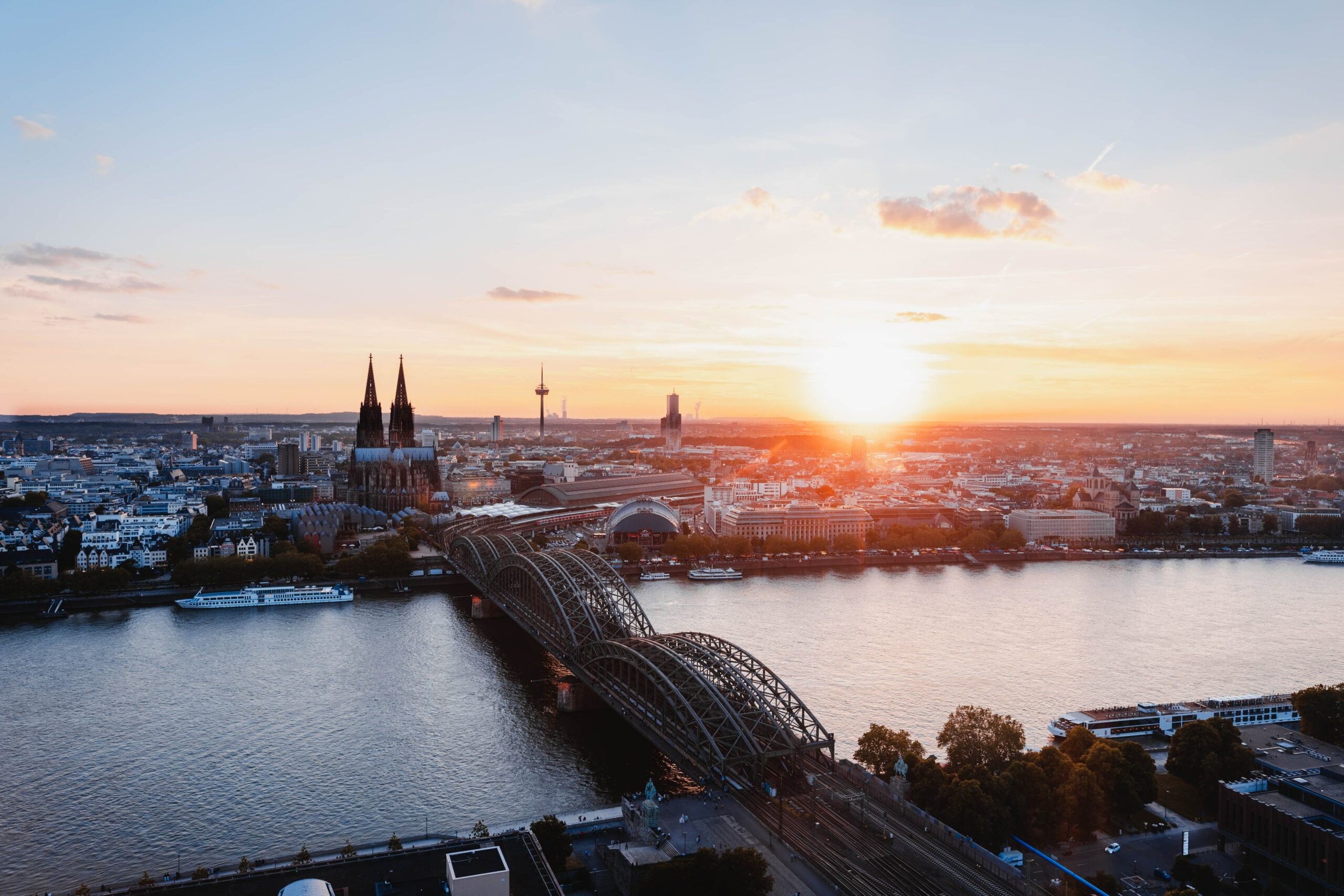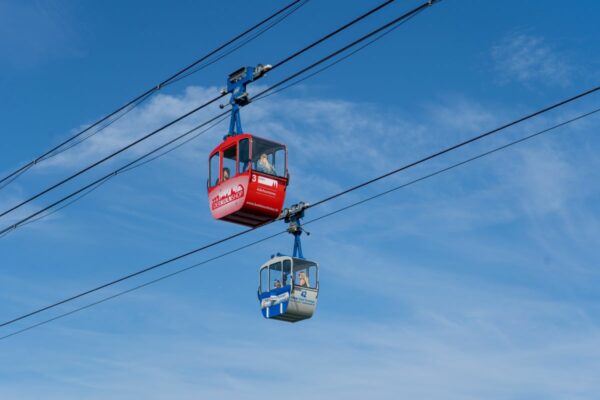
Cities, SI-Urban
Is Cologne getting more cable cars?
Since 1957, Cologne has been a cable car city, and the Cologne cable car, which is still in operation today, has been running between the Zoo and Rheinpark over the Rhine. It was the first of its kind in Europe to span a river and was built on the occasion of a federal horticultural show.
The Rhine River is both a lifeline and a urban barrier for the German metropolis, and efficient connections are needed to connect the two halves of the city on either side of the river. For the future development of urban mobility, the sustainable mobility plan SUMP-“Better through Cologne” is being created, incorporating the results from the technical feasibility study.
The technical feasibility
In the feasibility study, which was carried out by the Ropeway Project Group, various cable car routes in the city area were examined. Different cable car systems, rough station dimensioning, operational processes, and initial cost estimates were discussed in the study. According to the study, three-cable circulating cable car systems with cabins for 26 people would be used for the planned routes, enabling a transport capacity of 1,500 people per hour.
Operation at wind speeds of up to 100 km/h would be possible, achieving an availability rate of almost 100% for the facilities. The travel speed was assumed to be 6 m/s (21.6 km/h), resulting in travel times ranging from 1’33” to 4’24” minutes depending on the route.
In addition to the circulating operation, “on-demand” sections with a call system are also planned. Thus, the passenger opens the access to the cable car cabin on demand by pressing a button and activates the transport, similar to an elevator in a building.
The cable car facilities would be equipped with the so-called “integrated evacuation.” Safety devices and measures for operational processes would allow the cabins to be safely returned to the cable car stations and the passengers to be evacuated through the entrance and exit areas of the stations in any case. This is a crucial aspect for an urban environment.

The Rhine River is both a lifeline and a urban barrier for the German metropolis, and efficient connections are needed to connect the two halves of the city on either side of the river.
The cost estimate was based on simple standard solutions, independent of the design, execution, and design of cable car stations and supports. The estimated total investment sum is 232.8 million euros. Annual operating costs of approximately 6.8 million euros would have to be incurred.
The now available feasibility study followed a potential analysis, which led to a limitation of the investigation area. The administration will recommend to the city of Cologne’s traffic committee in the upcoming meeting on April 25, 2023, to consider the cable car system as a public transportation offer as part of future overall traffic planning.
The interaction of the Rheinpendel with other future transportation measures is critical for a possible cable car connection. In the development process of the sustainable mobility plan, the possibilities of new Rhine bridges, additional tram lines, or the use of a water bus line in conjunction with a cable car connection, for example, will be further investigated in the next two years.







